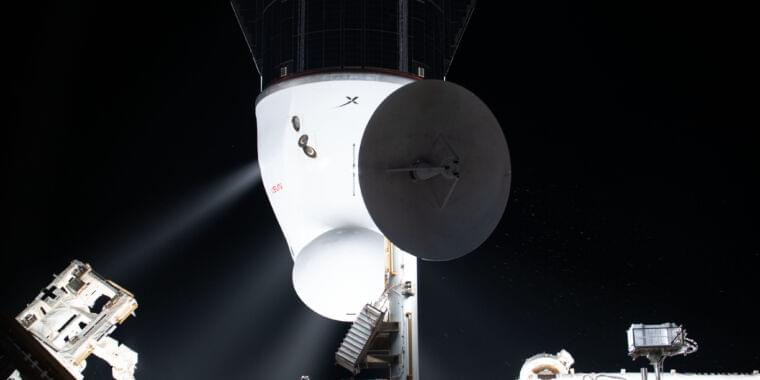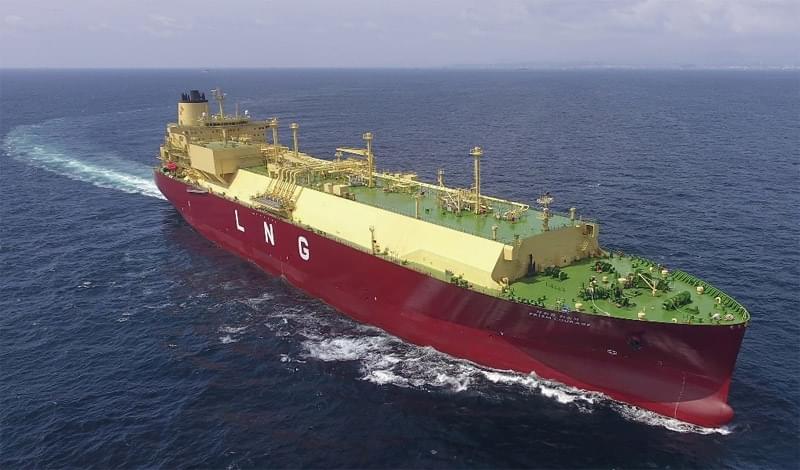In celebration of Pride Month, Inara, one of our moderators, is fundraising to pay for her transition surgery. I donated.
Gender dysphoria is the term used to describe a sense of discomfort or distress that a person may experience because of a mismatch between their gender identity and their sex assigned at birth. Methods of relieving gender dysphoria include transitioning socially (pronoun usage, name change, etc.) and physically (surgery).
I have medical insurance but it does not cover trans healthcare. Yes, we are still fighting for trans rights! I need allies willing to take action on my behalf.







